Consulting with employees
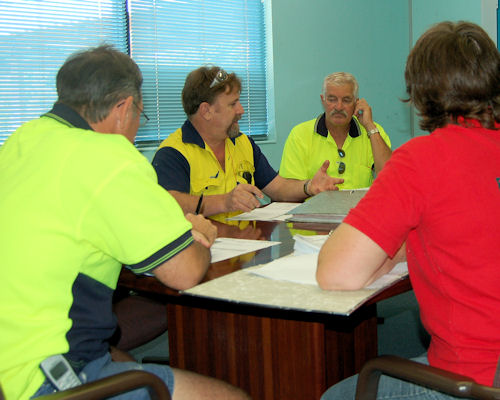 Audio for slide 1 (mp3 |6|KB)
Audio for slide 1 (mp3 |6|KB)
They're also likely to feel a lot more inclined to put new work methods into practice if they've had a hand in developing them.
This is why consultation between management and the employees is essential for any WHS system to work properly.
It's also a requirement under the law.

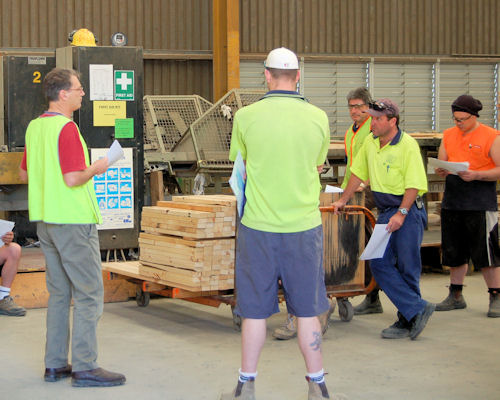 Audio for slide 2 (mp3 |6|KB)
Audio for slide 2 (mp3 |6|KB)
Employers are required to consult with their employees whenever:
- issues arise that have WHS implications for employees
- risk assessments are undertaken
- new measures are put in place to control risks
- new work or safety procedures are introduced
- decisions are made about the facilities provided for the welfare of employees
- changes to the workplace, plant or systems of work occur which may affect safety and welfare.

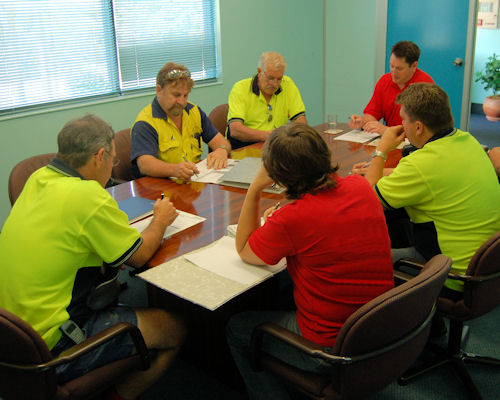 Audio for slide 3 (mp3 |6|KB)
Audio for slide 3 (mp3 |6|KB)
Methods for consulting with employees
Depending on the size of the workplace, there are various ways a company can consult with its workers and meet the requirements of the legislation.
Larger organisations generally have a safety committee that meets regularly and has members representing the employer and employees. The purpose of the meetings is to discuss safety issues and review safety systems. Formal minutes are taken at each meeting, and particular members are given duties to carry out in the workplace, which need to be reported back to the committee when completed.

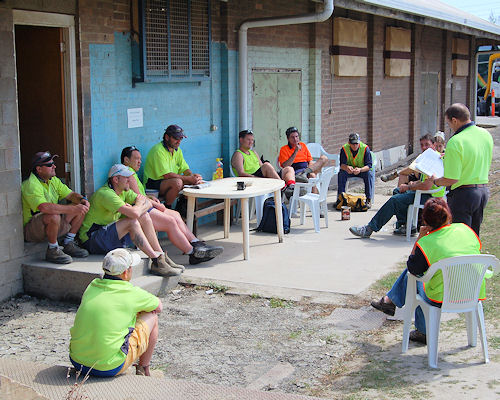 Audio for slide 4 (mp3 |6|KB)
Audio for slide 4 (mp3 |6|KB)
These are generally organised by the supervisor in each section of the workplace, and formal minutes are taken of the issues discussed and the decisions made.
A toolbox meeting allows employees to raise safety concerns or report hazards.
It also lets the supervisor pass on WHS information, or discuss new work practices or procedures that are being introduced.

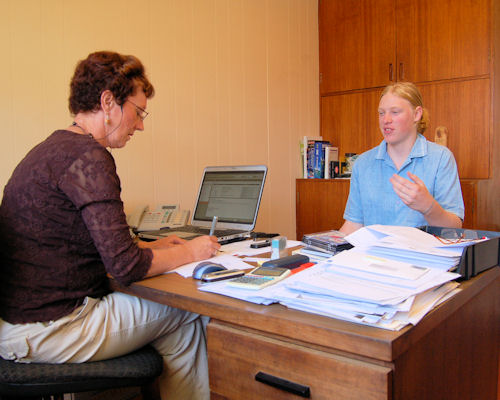 Audio for slide 5 (mp3 |6|KB)
Audio for slide 5 (mp3 |6|KB)
In the case of a small business, this may simply involve workers speaking directly to their boss.
But whatever the arrangements are, documentary records must be kept to show that consultation is occurring properly, and that employees' views are being considered when management makes decisions about workplace health and safety.


Learning activity
Audio 6 (mp3 |6|KB)What are the consultation arrangements in your organisation? For example, do you have regular toolbox meetings? Do you have a safety committee or safety representative?
How is employees' feedback on WHS issues recorded and passed on to management? Are minutes taken at toolbox meetings? Is there a log book where employees can report hazards?
Write down your answers and share them with your trainer and other learners in your group.


